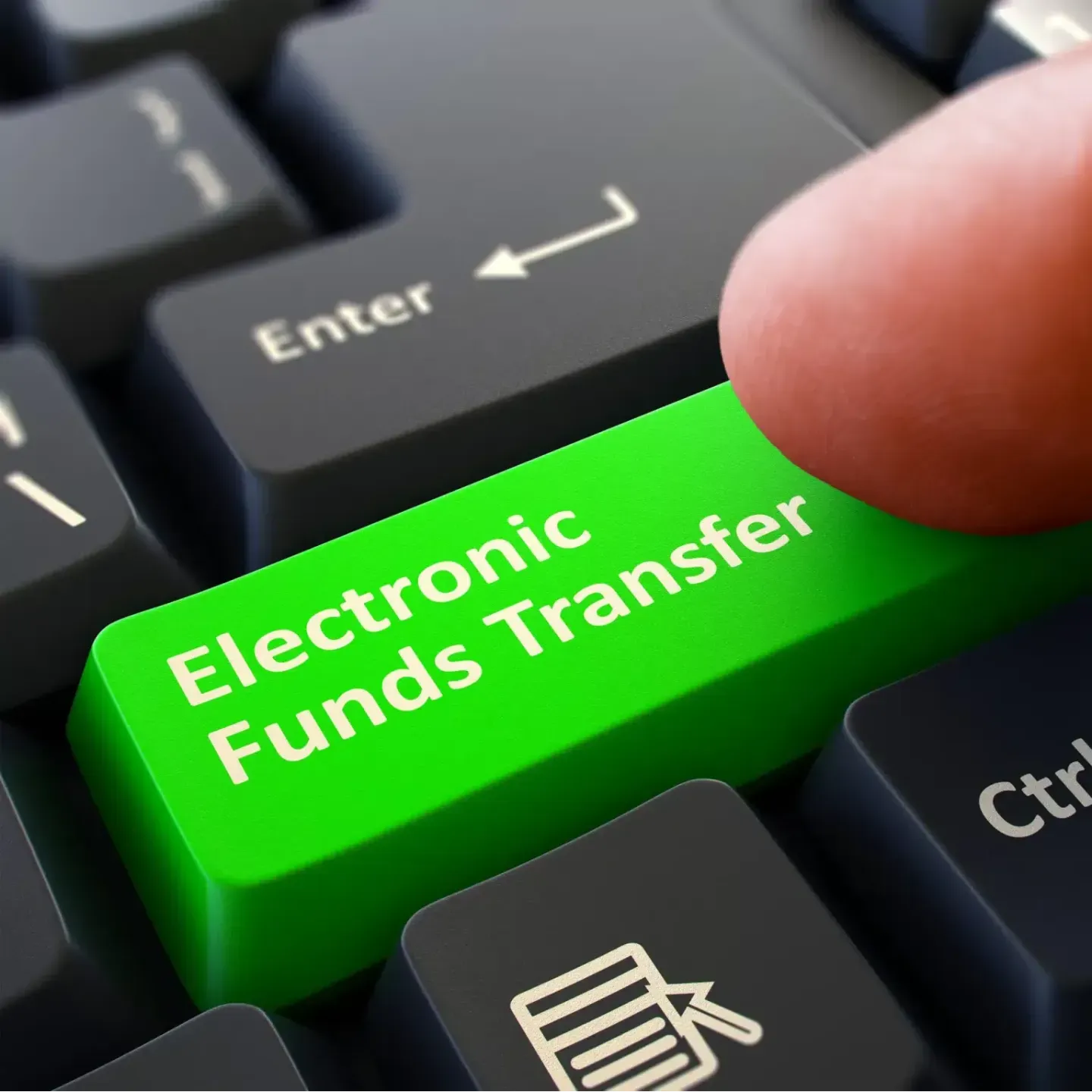Electronic Funds Transfers – 7 Reasons they are Dangerous
November 26, 2022

Overview
Both insurance companies and dental practices have long appreciated the convenience of electronic funds transfers as a method of payment. From an insurance company’s perspective, EFTs provide an economical way to discharge their obligations to dentists that avoids the manual elements of printing and mailing checks to practices. For practice owners, being paid more quickly and the convenience of not having to carry the funds to the bank were appealing.
Many advisors to dentists have also espoused electronic funds transfers as a way of lowering a practice’s risk for embezzlement. Their logic is that a direct transfer of funds from an insurance company to your bank keeps money out of reach of a would-be embezzler and therefore prevents that money from being embezzled.
We have recently revised our position on electronic funds transfers and no longer recommend that practices be paid by EFT.
Why we don’t like electronic funds transfers
Not recommending EFTs is a bold statement, and we are aware that we are bucking a lot of conventional wisdom. Here is our reasoning:
-
While we won’t go into details, it is not hard for an enterprising thief to instruct an insurance company to redirect EFTs to their own account. We recently worked on a case where EFT payments were still going into a thief’s account six months after the thief was fired by the practice.
-
Even if EFTs were impossible to redirect, it is impossible to create a practice where 100% of incoming funds arrive by electronic funds transfer. Every practice collects co-payments from patients, and these payments will arrive by cash, check or credit card. Since embezzlers typically steal 2-4% of your collections, even if 100% of your receipts from insurance companies paid by EFT, there would still be plenty of other kinds of payment to scratch an embezzler’s itch.
-
With most practices having check scanners, the “we save a trip to the bank” logic no longer applies.
-
Receiving payments by EFT removes one of the basic safeguards that practices rely on to ensure the accuracy of posting — daily balancing. When cash, checks or credit cards are posted to patient accounts, many posting errors are found because, when the office manager performs balancing at the end of that day, the collections according to practice management software do not equal the deposit being made to the bank. Because normally practice staff doesn’t (and shouldn’t) have access to a practice’s bank account, there is really nothing to balance EFT postings against. So, a math error will probably not be picked up because the out-of-balance condition it creates will normally not be visible to practice staff.
-
The trigger for posting an electronic funds transfer payment is an Explanation of Benefits (EOB) sent to the practice. If an EOB never arrives at the practice or gets lost by the practice, there is no “flag” to alert the practice staff that funds have been deposited in the practice’s account (in other words that the patient’s balance has been paid) but no posting has been made in practice management software. In comparison, as long as an office is performing day-end balancing (which every practice should) it is impossible to deposit a check without posting a payment to a patient’s account.
-
EFTs create a “timing difference.” Timing differences occur when money arrives at your bank at a different time from when it is posted to practice management software. A familiar example of a timing difference occurs when a patient pays by credit card. Credit card payments are captured immediately by practice management software but may not arrive at a practice’s bank account for a couple of days. Timing differences make the process of overseeing the balancing activities of your office manager much more challenging because they require you to maintain a “watch list” of deferred amounts and to confirm that these amounts do show up. With EFTs, insurance companies normally initiate the funds transfer and produce the corresponding EOB more or less simultaneously. The funds transfer is virtually instantaneous. The EOB must arrive at the practice, and then be processed by a human, normally resulting in a multi-day delay.
-
This timing difference is made worse because, in many practices, staff feel no particular urgency to post EOBs from electronic funds transfers (under the logic that “the doctor already has her money”) which exacerbates the timing difference between receipt of funds and posting in practice management software. In a busy office, the result may be a lag of days or weeks until staff finds time to post EOBs for electronic transfers. In contrast, assuming that day-end balancing is being performed and daily deposits are made, it is impossible to experience a timing difference with a check payment.
Electronic Funds Transfers often manipulated in embezzlement
In the course of our work we have seen many embezzlements perpetuated through EFT manipulation. Beyond that, we also see where accepting electronic funds transfers is a significant contributor to financial disorganization in many practices. For these reasons, our recommendation is that practices discontinue accepting EFTs from insurance companies.
We note that another tactic used by insurance companies to minimize the cost of processing payments is to pay by Virtual Credit Cards. Accepting payment by VCC is both dangerous and unprofitable to practices, and we recommend that practices also refuse to accept payments by VCC. You can read about our reasoning HERE.
Want more information?
Have questions about your practice?
.Lots of great information on our YouTube Channel HERE.